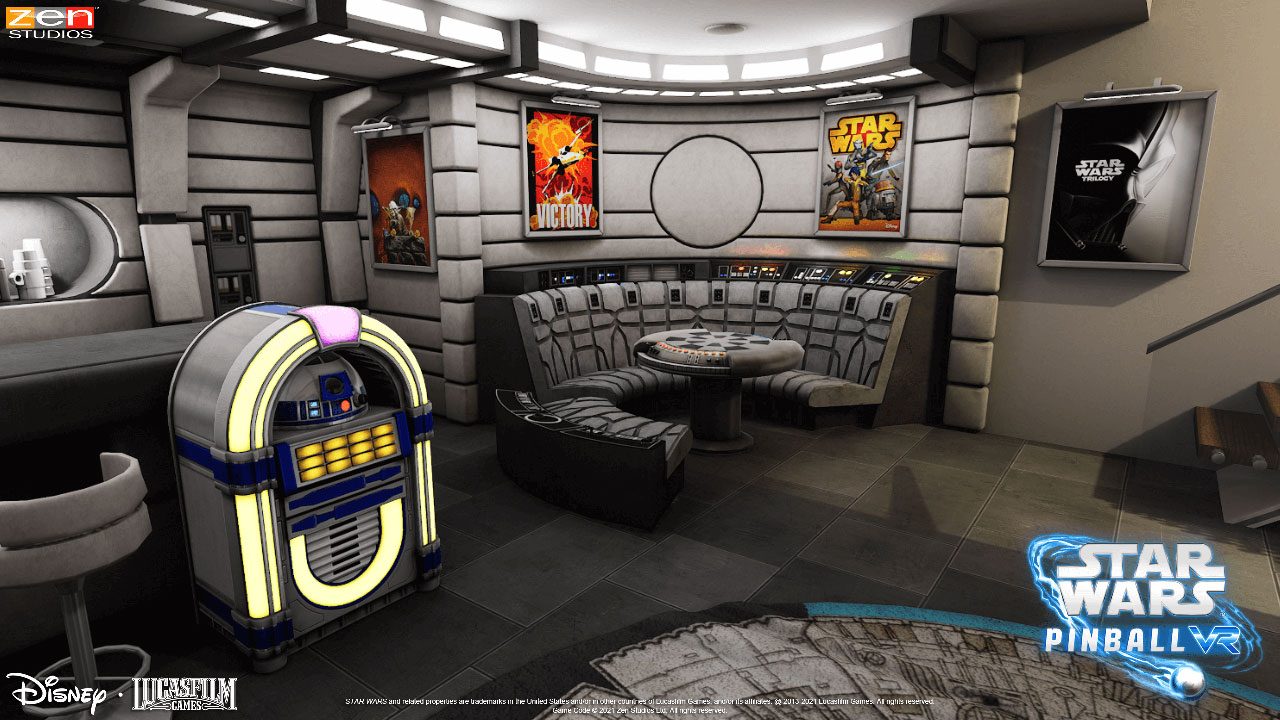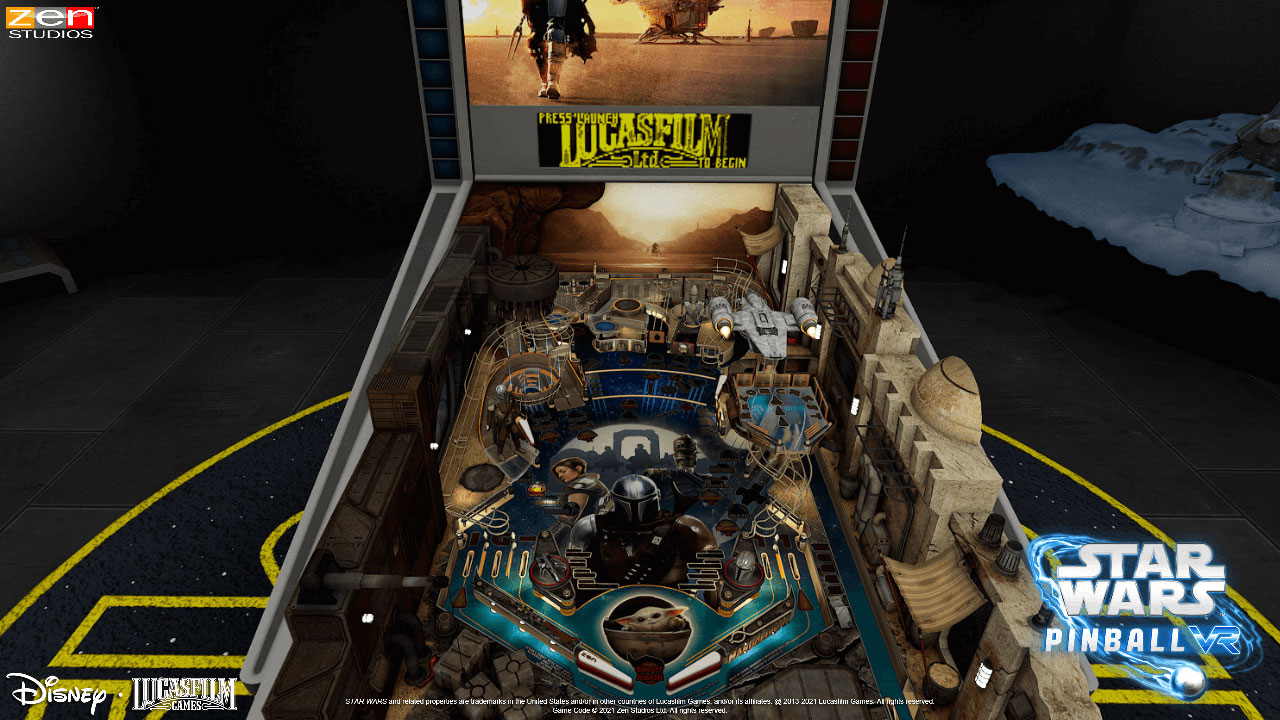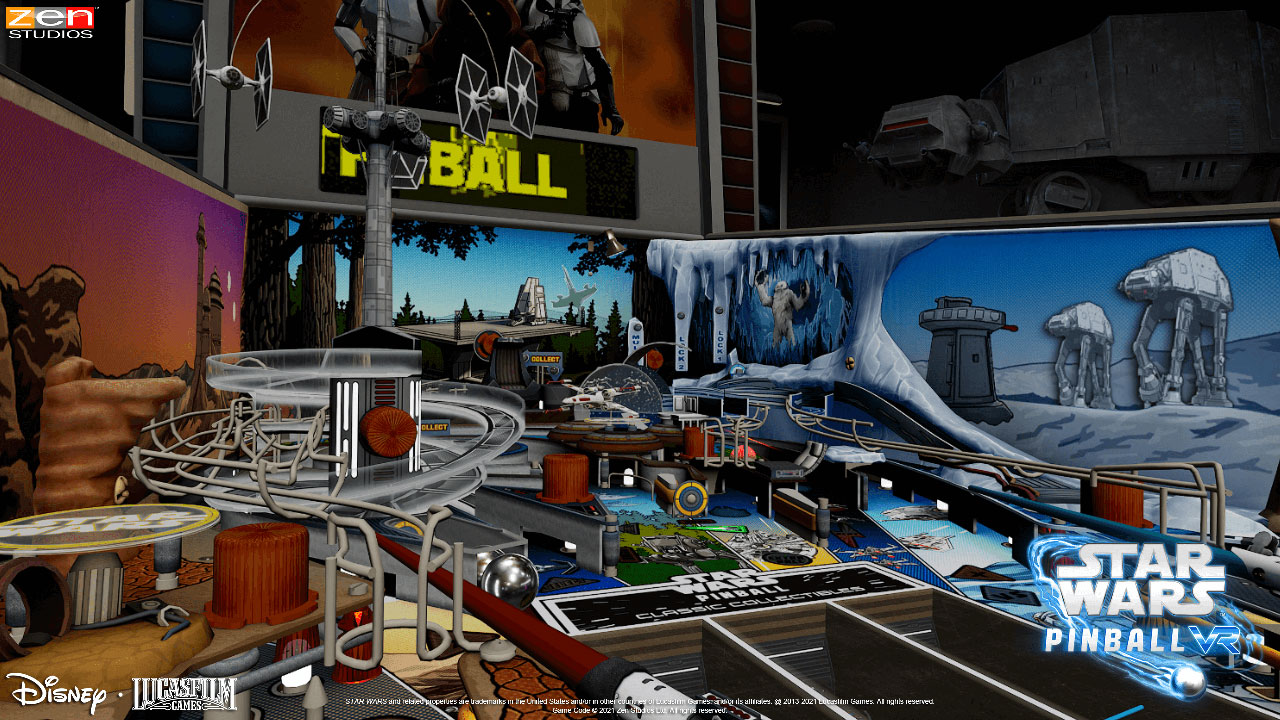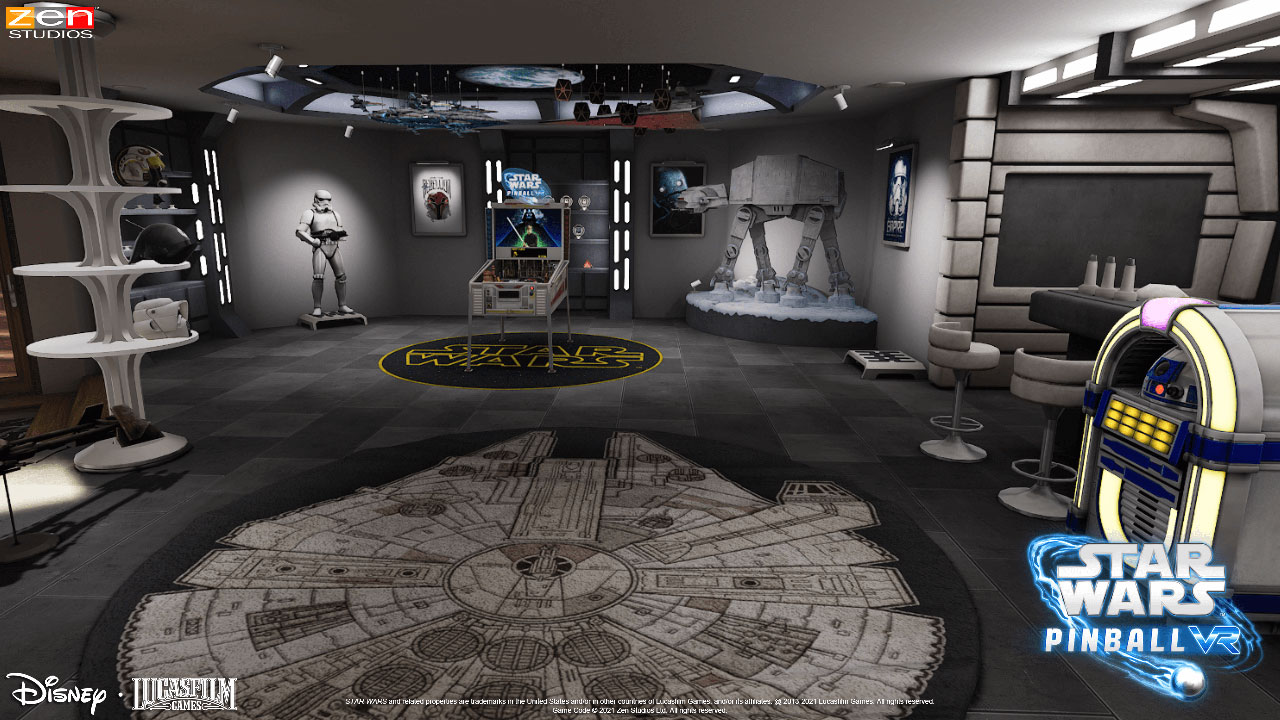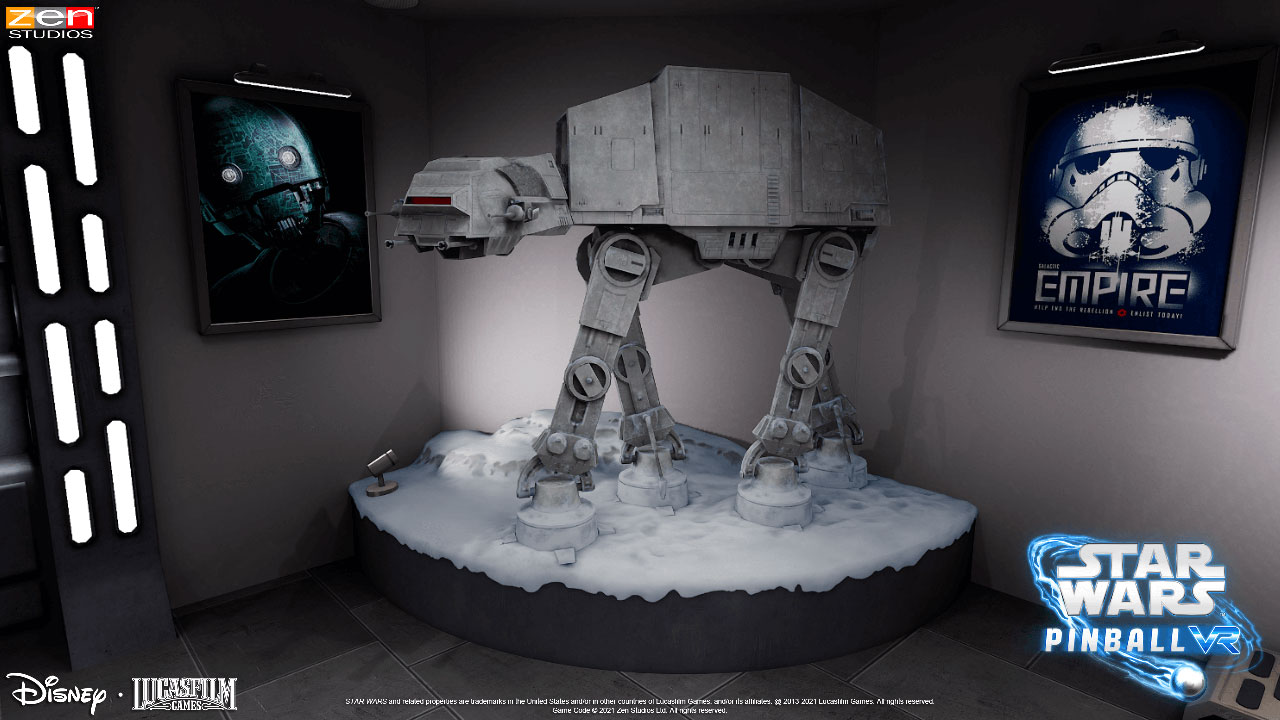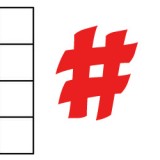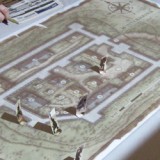Star Wars Pinball VR Review – May the Flipper Be With You
When consoles started hitting store shelves, even as far back as the Atari 2600, it was relatively easy to recreate the experience of playing arcade games at home. For a while, arcades were still able to offer better graphics and sound than your average home console, but technology caught up, and even more gimmicky experiences could come home with motion capture and novel controllers. Even VR. But the singular experience that has never quite been able to make the jump has been pinball. Oh sure, there’ve been pinball video games going back to even the Atari, but the tactile experience, from the rolling of steel on wood to the heavy slam on the table when you won an extra game, just don’t come with digitized versions.
Thanks to the masters over at Zen Pinball, owning a VR headset can get you 90% there from your couch with Star Wars Pinball VR.
The Room
This is far from Zen’s first foray into VR pinball, and perhaps not even their best, but the Star Wars uber fan in me still wants to give it high praise. Immediately opening the title transports the player to a “fan cave”, a living room size area with display shelves, area rugs, a bar, a big screen TV and a single pinball table centerpiece that would have any sci-fi geek giddy. A near-life size Jabba The Hutt maquette sits beneath the stairs overlooking the viewing area. An R2-D2 jukebox sits in front of the bar. A speeder bike made famous by Return of the Jedi floats just behind the couch and opposing fleets of rebel and imperial ships hang over the table.
As you progress, meeting challenges like high scores or certain skill objectives, you’ll unlock tchotchkes to add to your pad like helmets, carpet patterns, songs for the jukebox, posters and even full size character statues that can be placed at specified areas around the room or on shelves to your liking. After unlocking the Inquisitor’s lightsaber I was a little disappointed that I couldn’t pick it up to play with like an 8 year old with a plastic laser sword, or to don Darth Vader’s helmet to see through the eyes of a Sith.
Let’s Get Rollin.
The aesthetics are important, but this isn’t about the room or the digital toys, it’s about the pinball. Players can choose from a healthy 8 Star Wars themed tables. Six are remastered from the original non-VR game: one for each of the original trilogy movies, Rogue One: A Star Wars Story, Star Wars Rebels and Masters of the Force. Additionally, 2 new tables are exclusive to VR – The Mandalorian and Classic Collectibles, both just as beautifully rendered and chock full of features as their predecessors. Each are accompanied by the iconic music from their respective properties like John Williams or Ludwig Göransson and each utilizes haptic feedback to feel each flipper press, bumper hit or table tilt for VR controllers that support it.
There are far too many features unique to each table to discuss here, but many utilize the strengths VR boasts, whether that be tiny spaceships flying around your periphery, in-your-face explosions or 360 degree audio to really immerse the player into the experience. Several tables have mini-games that switch your view to be on the table from the view just behind the flippers or a table-specific feature. All tables feature an on-the-table view with multiple positions that you can play from, but I found it to be somewhat difficult to keep the balls in play when I couldn’t see the entire table.
As a bonus, each game has some external stimuli. Sometimes it’s a character like Grogu floating next to the table or Darth Vader breathing heavily down your neck to do better. I never felt these were distracting, but they are ever present and I suspect may throw some players off with no apparent way to turn them off.
The Long Game
There are two main game modes. The first, Standard Mode, acts as a career mode. Players choose either Light or Dark Side (though, can switch at any time) and are challenged with dozens or ever increasingly difficult objectives. Most are score based, either limiting time, the number of balls or how far a ball is allowed to travel (Parsecs, naturally). Each challenge has 3 levels of achievements that award Shards, which are in turn spent to unlock and upgrade game-altering Force powers to increase bonuses and decrease difficulty.
Each Shard earned also counts towards a collective community score for either of the sides, light or dark. Remember that fleet of ships I mentioned above the table? The size of each fleet is reflective of their respective community scores so you can always tell who is winning the galactic battle between the Empire and the Rebels.
For a more straightforward pinball game, try Arcade Mode. This is your typical 3 or 5 ball game where you can challenge yourself (in order to unlock more collectibles) or to just revel in the fandom without any pressure to meet objectives.
Regardless of mode, there’s a second screen in the room to check current leaderboards for bragging rights. For a brief, shining moment when only the press had access to the game, yours truly was number 1 on 6 of the 8 main leaderboards. Felt good.
Not All Sunshine and Lightsabers
I only have a handful of gripes, but none are deal breakers. The game froze up on me a few times, causing me to lose progress on the challenges I had been working on. Each time, I was in a mini-game when time ran out and room decorations suddenly bled into the mini-game table where I was unable to proceed and forced to quit.
I also found it frustrating at times to customize my room. The game allows you to choose either Locomotion or Teleportation to get around the room, accomodating for those that have issues with motion sickness in VR, but getting the on-screen prompt to change a decoration requires the player to be in specific viewing positions for that item or shelf. Using the teleportation method, there’s no real way of knowing where that position is or at what angle you need to be at in order to get that prompt. This seems like a case where simply allowing the player to use their controller to point at the object or area to change would be a better mechanic.
The image quality of the tables isn’t in the highest of echelons either. Zen released Pinball FX2 VR in 2016, a five year old title that eeks out this one in the visual department with sharper table graphics and a sveldt modern environment that makes me wonder if this title was specifically optimized to be used on the Oculus Quest and only added to Steam VR/Playstation VR at the last minute.
Oftentimes I found myself cringing at the repetitiveness of the audio on each table. Though I rarely tire of the music, voice over lines and some sound effects would repeat ad nauseam. I suppose a real pinball table would be just as annoying, but I can’t help but think that could be improved on.
Finally, and this isn’t the fault of Zen, this is gonna do a number on your neck. You know how looking down at your phone for extended periods of time starts to take its toll at the top of your spine? Now add the weight of a VR headset to that. Playing pinball naturally has you standing over the glass top, looking down into the playfield and Zen has recreated that beautifully here, but the nature of VR tech means an added weight pressing down on your head as you play, so be prepared to take breaks and stretch.
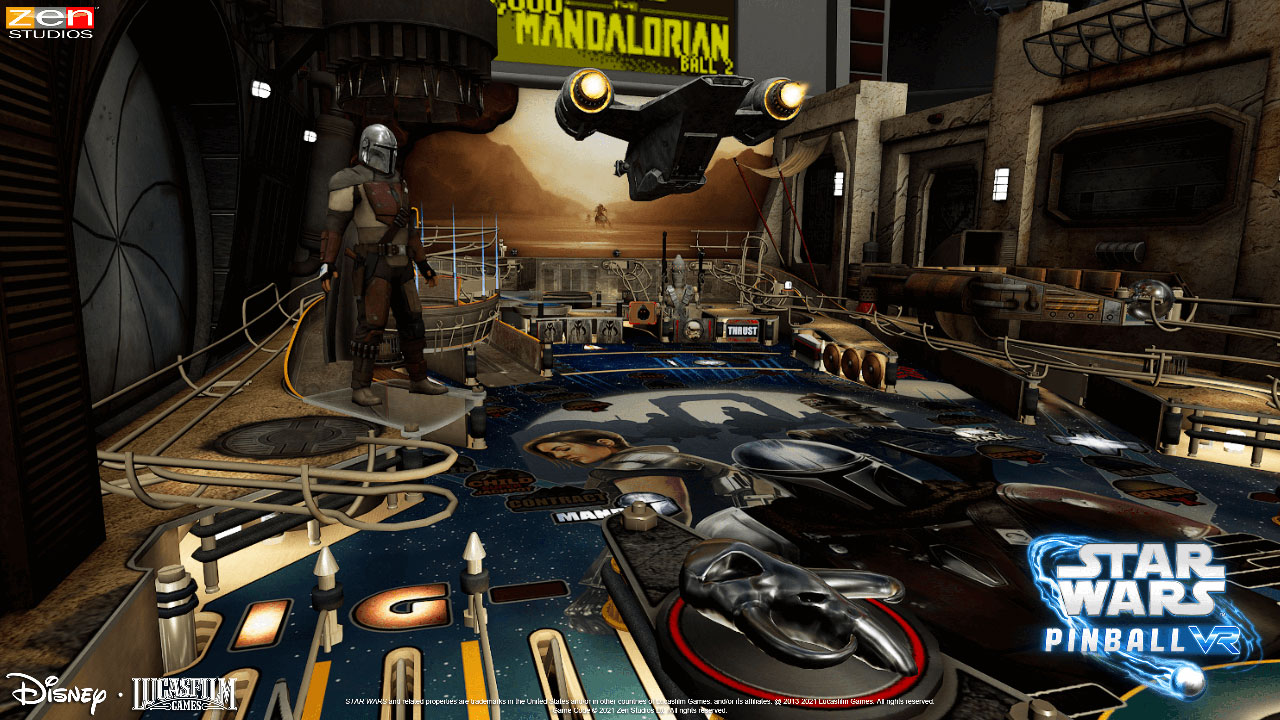
Do Or Do Not, There Is No Try
There is a lot to love about Star Wars Pinball VR. From it’s nerd-vana environment (seriously, there’s an AT-ST parked outside the door) to some of the most addicting and challenging gameplay of any VR title I’ve played to date, I can recommend it as an essential library item for those with headsets.
Star Wars Pinball VR is available now, at a surprisingly low $24.99 on the Oculus Quest, Steam VR or Playstation VR. We tested it on a Windows Mixed Reality headset through Steam VR, but controller bindings were not available and for unknown reasons an attached gamepad did not work either, but had no issues on an Oculus Rift.
* A copy of this title for Steam VR was provided for review purposes.

